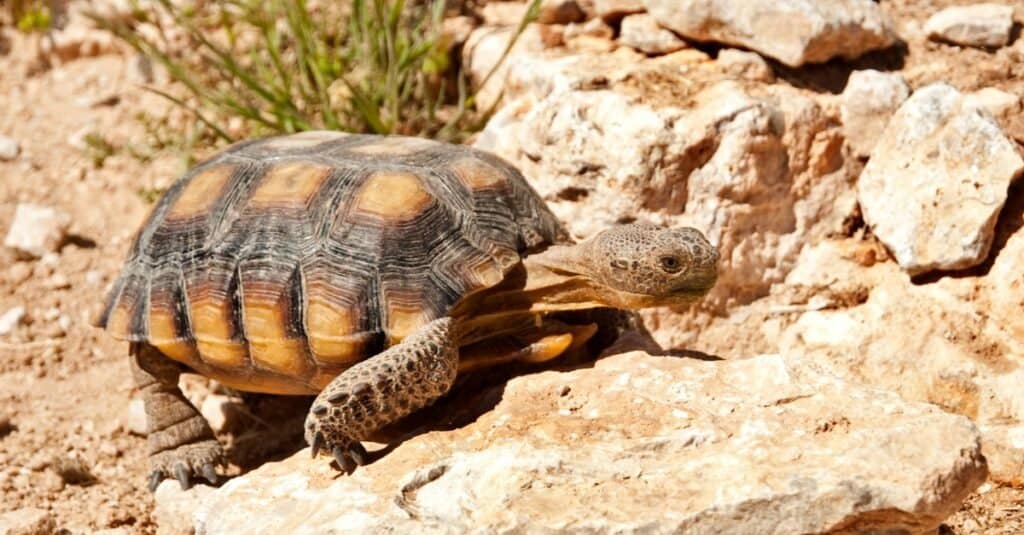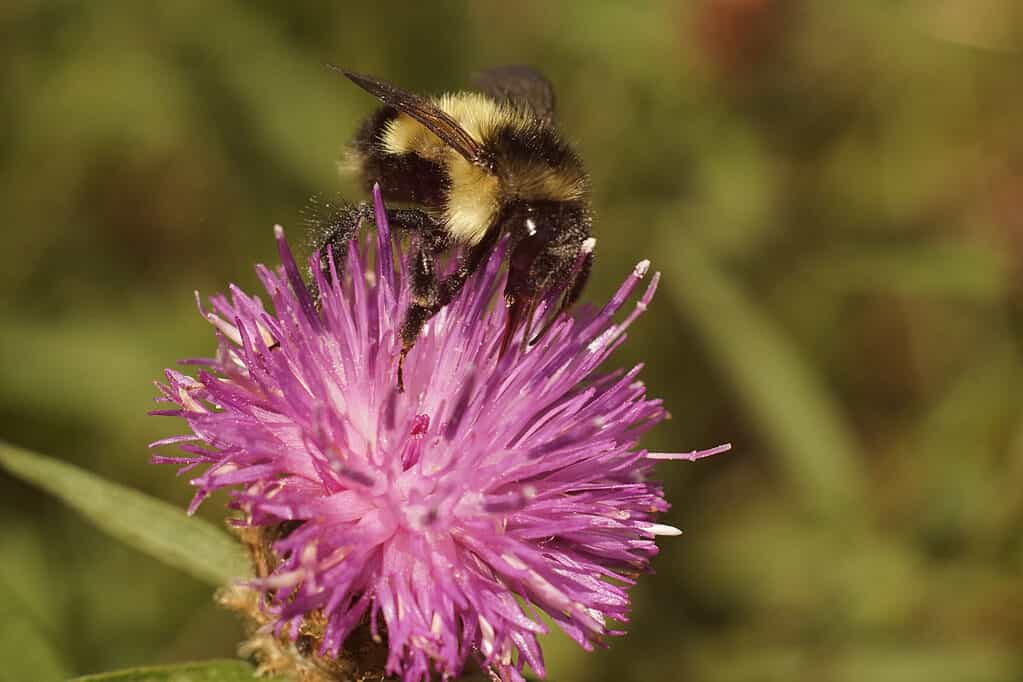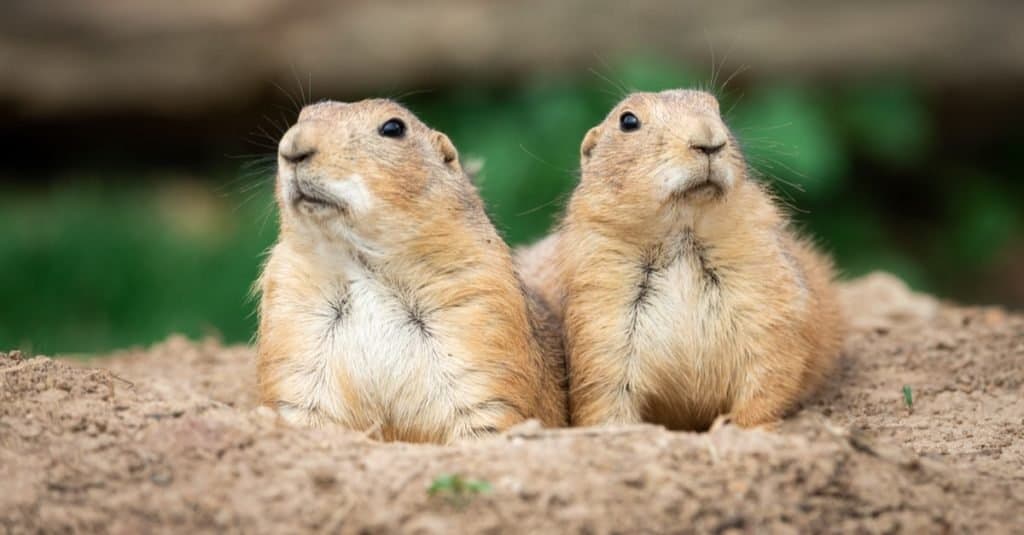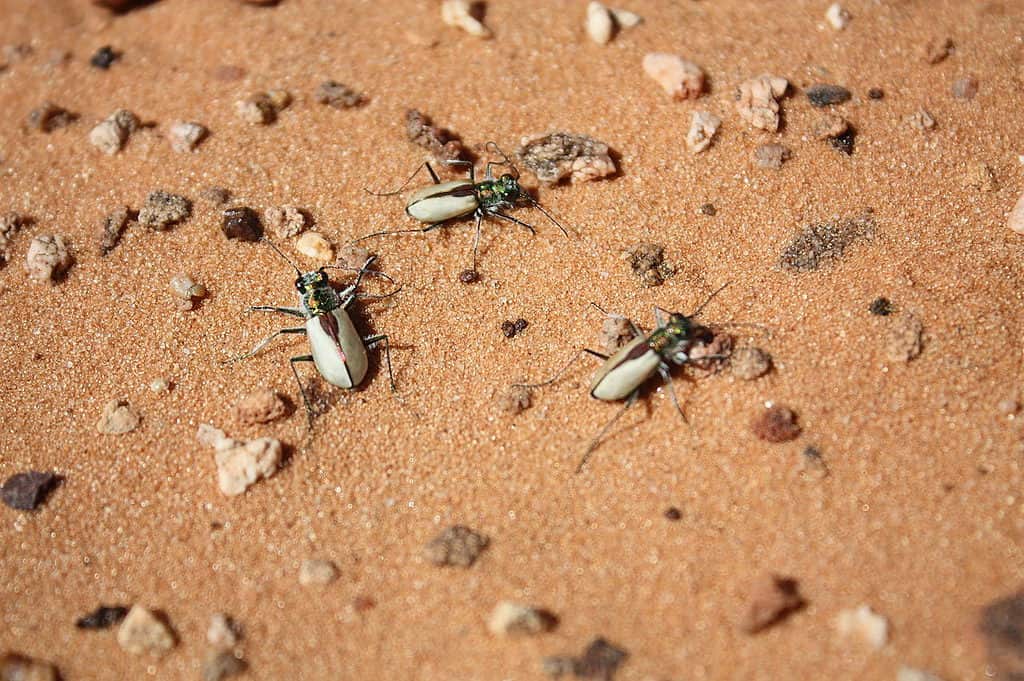Given that Utah is home to various climates and ecosystems, how many endangered animals are there in this state? According to the IUCN Red List, several endangered animals exist in Utah, including an insect species only found in a specific state park! With sand dunes, forested regions, and huge swathes of mountain peaks, Utah gives many different types of animals a safe place to live.

In this article, we’ll discuss 6 of the most interesting and fantastic endangered animals currently found in the great state of Utah. We’ll go over what these animals are and why they are potentially threatened, including whether or not their populations are stable or still decreasing. Let’s get started and learn all about these precious and rare animals now.
1. Mojave Desert Tortoise

Young tortoises are always in danger given the weakness of their shells.
©Darren J. Bradley/Shutterstock.com
Weighing up to 15 pounds and capable of surviving temperatures in excess of 120 degrees Fahrenheit, the Mojave desert tortoise is critically endangered. Classified as Gopherus agassizii, the desert tortoise is most threatened by human interference in their habitat as well as a number of predators, including Gila monsters. Young tortoises are always in danger, given the weakness of their shells. However, desert tortoises escape both the heat and predation by spending most of their lives in burrows!
2. Suckley Cuckoo Bumble Bee

Given the fact that this bee relies on other endangered bees to survive, it only makes sense that the Suckley cuckoo bumble bee is also in danger!
©iStock.com/Wirestock
Declining more than 70% over the past few decades, the Suckley cuckoo bumble bee is considered critically endangered by the IUCN. This particular bee species differs from other types of bumble bees in that it invades the hive of other types of bees. Given the fact that this bee relies on other endangered bees to survive, it only makes sense that the Suckley cuckoo bumble bee is also in danger!
3. Utah Prairie Dog

Because of a loss of habitat and a variety of diseases, including sylvatic plague, this particular
prairie dog
is considered threatened.
©AB Photographie/Shutterstock.com
Endemic to Utah and classified as Cynomys parvidens, the Utah prairie dog is a protected species in its home state. Because of a loss of habitat and a variety of diseases, including sylvatic plague, this particular prairie dog is considered threatened. However, the Utah prairie dog benefits the habitats it is a part of. It improves soil and generally maintains edible plant populations.
4. Coral Pink Sand Dunes Tiger Beetle

Only found in Utah, the Coral Pink Sand Dunes
tiger
beetle is endangered.
©https://commons.wikimedia.org/wiki/File:Tiger_Beetle_Trio_(7783679746).jpg – License
Another species only found in Utah, the Coral Pink Sand Dunes tiger beetle is beautiful. Classified as Cicindela albissima, this beetle only exists in the Coral Pink Sand Dunes State Park. Capable of digging burrows for its own protection and shelter, this tiger beetle is thankfully only found in protected regions of Utah. The Coral Pink Sand Dunes State Park estimates that these beetles occupy less than 20% of the park. Plus, the population of this beetle is likely less than 3000!
5. Thickshell Pondsnail

There have been no living thickshell pondsnails discovered since the 1930s.
©Richard Ellsworth Call (1856-1917, U.S.A.), Public domain, via Wikimedia Commons – License
Only found in Lake Utah, the thickshell pondsnail may, in fact, be extinct. There have been zero living pondsnails found in Utah since roughly the 1930s, when it was considered a rare creature. Also endemic to Utah and classified as Stagnicola utahensis because of that, the thickshell pondsnail breathes air and thrives in fresh water- at least, in theory! If any were to be found, their shells would be extremely beautiful and intricate.
6. Roundtail Chub

More research is being performed to determine what is happening to the roundtail chub population in Utah.
©Marine discovery, CC BY-SA 4.0 – License
With a stable population only ten years ago, the roundtail chub is now considered threatened and endangered, depending on its state. In Utah, the roundtail chub is largely pursued by nonnative fish. It is also harmed by continued habitat loss. However, both of these factors are not enough to explain the decline of this freshwater fish. More research is underway to determine what is happening to the roundtail chub population in Utah.
Conclusion
No matter where you go in the world, there are endangered animals. However, Utah is unique because it has at least two endangered animals only found within its borders. Whether you choose to visit Utah for its ski resorts or sand dunes, take a moment to appreciate and respect its endangered species, large and small!
Summary Of 6 Amazing Endangered Animals Living In Utah
| Rank | Animal |
|---|---|
| 1 | Mojave Desert Tortoise |
| 2 | Suckley Cuckoo Bumble Bee |
| 3 | Utah Prairie Dog |
| 4 | Coral Pink Sand Dunes Tiger Beetle |
| 5 | Thickshell Pondsnail |
| 6 | Roundtail Chub |
The photo featured at the top of this post is © Mitch Johanson/Shutterstock.com
Thank you for reading! Have some feedback for us? Contact the AZ Animals editorial team.






